- No products in the cart.
Listata tab n / 120mg film about 60 pc
$40.63
Listata tab n / 120mg film about 60 pc
Description
Composition
Active substance:
1 tablet contains: Orlistat – 120.0 ;.
Excipients:
Sodium lauryl sulfate – 12.0 mg; acacia gum – 210.0 mg; ludiflesh – 580.0 mg (mannitol – 84,00-92,00% crospovidone – 4,00-6,00% polyvinyl acetate – 3,50-6,00% povidone – 0.25- 0.60% ); copovidone – 20.0 mg; crospovidone – 50.0 mg; Magnesium stearate – 8.0 mg.
shell tablet composition:
Opadry II Blue (85F205040) – 34,0 mg (polyvinyl alcohol – 40.00% titanium dioxide – 22.48% Macrogol 3350 – 20.20% talc – 14.80% aluminum lake Blue – 2.28 %, iron oxide yellow dye – 0.24%).
Opadry silver (63F97546) – 6,0 mg (polyvinyl alcohol – 47.03% talc – 27.00% Macrogol 3350 – 13.27% pearlescent pigment – 10.00% Polysorbate 80 – 2.70% ).
Description:
Tablets oval, biconvex shape, film-coated blue pearlescent with the mark on one side and a symbol “/” – to another. On cross-section – the core of a white or nearly white.
Product form:
Tablets, film-coated 120 mg. 10 tablets in blisters of PVC film and aluminum foil printed patent.
1, 2, 3, 6 or 9 contour of cellular packaging together with instructions for medical application is placed in a pile of cardboard boxed.
Contraindications
Hypersensitivity sensitivity to orlistat or any other components of the formulation; chronic malabsorption syndrome; cholestasis; pregnancy, breast-feeding; Children up to age 12 years.
Dosage
120 mg
Indications
Prolonged treatment of obese patients with a body mass index (BMI) of at least 30 kg / m or patients with overweight with a BMI of at least 28 kg / m2, including those associated with obesity risk factors in combination with moderately hypocaloric diet.
In combination with hypoglycemic drugs (metformin, sulfonylureas and / or insulin) and / or mildly hypocaloric diet for patients with type 2 diabetes are overweight or obese.
Interaction with other drugs
There were no interactions orlistat with amitriptyline, atorvastatin, biguanides, digoxin, fibrates, fluoxetine, losartan, phenytoin, oral contraceptives, phentermine, pravastatin, warfarin, nifedipine GITS (gastrointestinal therapeutic system) and nifedipine slow release, sibutramine or ethanol (based on studies interactions between drugs). However, you need to monitor the performance of INR during concurrent therapy with warfarin or other anticoagulants of indirect action.
Together with the admission orlistat noted decrease absorption of vitamins D, E and beta-carotene. If the recommended multivitamins, they should take no less than 2 hours after administration of orlistat or at bedtime.
When simultaneous administration of orlistat and cyclosporine observed reduction in the concentration of cyclosporine in the blood plasma, it is recommended that more frequent determination of the concentration of cyclosporine in the blood plasma while receiving cyclosporine and orlistat.
The ingestion of amiodarone during orlistat systemic exposure observed decrease amiodarone and dezetilamiodarona (in 25- 30%), but due to the difficult pharmacokinetics of amiodarone, the clinical significance of this phenomenon is not clear. Addition of orlistat to amiodarone prolonged therapy may lead to a decrease in therapeutic effect of amiodarone (studies have been conducted). Avoid the simultaneous reception of orlistat and acarbose, due to lack of data from pharmacokinetic studies.
At the same time taking orlistat and antiepileptic drugs cases of seizures have been observed. The causal relationship between the development of seizures, and orlistat therapy has not been established. However, you should monitor the condition of patients for possible changes in the frequency and / or severity of seizures.
Overdose
In individuals with normal weight and obese subjects receiving single doses of 800 mg or multiple dose of orlistat 400 mg 3 times daily for 15 days have not been accompanied by the emergence of significant adverse events. Furthermore, in obese patients have experience of orlistat 240 mg 3 times a day for 6 months that was not accompanied by significant increase in adverse events.
In cases of overdose orlistat reported either the absence of adverse effects or adverse events did not differ from those observed when receiving therapeutic doses of orlistat.
In the case of severe overdose of orlistat is recommended to observe the patient for 24 hours. According to studies in humans and animals, any systemic effects that could be associated with lipazoingibiruyuschimi properties of orlistat should be rapidly reversible.
pharmachologic effect
Pharmacological group:
Lipase inhibitor of the gastrointestinal tract.
Pharmacodynamics:
Orlistat – a powerful, specific and reversible inhibitor of gastrointestinal lipases with a long duration of action. Its therapeutic action is carried out in the lumen of the stomach and small intestine and involves the formation of a covalent bond with the active serine site of gastric and pancreatic lipases. Inactivated enzyme thus loses its ability to cleave food fats coming in the form of triglycerides, to the suction and free fatty acid monoglycerides.
Since uncleaved triglycerides are not absorbed, due to the resulting reduction of calories in the body leads to a reduction in body weight. Thus, the therapeutic effect of the drug is carried out without absorption into the systemic circulation.
Judging by the content of fat in the stool, the effect of orlistat begins 24-48 hours after ingestion. After the cancellation of orlistat fat content in the feces after 48-72 hours is usually returned to the level occurring before the start of therapy.
Clinical efficacy.
Patients taking orlistat, there is a great weight loss as compared to the patients on diet therapy. Weight loss begins for the first 2 weeks after initiation of treatment and continued for 6 to 12 months even in patients with a negative response to diet therapy. Over 2 years there has been a statistically significant improvement in the profile of metabolic risk factors related to obesity. In addition, compared with placebo showed a significant decrease in body fat. Orlistat is effective in preventing re weight gain. Redial body weight, not more than 25% of the lost, occurs in about half of patients, and half of these patients redial body weight is observed or celebrated its further decline.
Patients who are overweight or obese and type 2 diabetes taking orlistat for 6 months to 1 year, there has been a great loss in body weight compared to patients receiving only diet therapy. Weight loss is mainly due to a decrease in body fat. During treatment with orlistat, a statistically and clinically significant improvement in glycemic control. In addition, the therapy orlistat observed dose reduction hypoglycemic agents, insulin concentration and reduction of insulin resistance.
In applying orlistat for 4 years greatly reduced risk of developing type 2 diabetes (by approximately 37% compared to placebo). The degree of risk reduction is even more significant in patients with initial impaired glucose tolerance (approximately 45%).
Maintaining body weight at a new level observed during the whole period of the drug.
In the application of orlistat for 1 year in adolescents with obesity, a decrease in body mass index, a decrease in fat mass and waist circumference compared to the placebo group. Also in patients treated with orlistat, showed a significant reduction in diastolic blood pressure compared to placebo.
Pharmacokinetics:
Suction. In volunteers with normal body weight and obesity W systemic exposure to orlistat is minimal. After a single oral dose of 360 mg orlistat unmodified blood plasma is not determined, which means that its concentration is below the limit of quantification (less than 5 ng / ml).
In general, after receiving therapeutic doses of unmodified identify orlistat plasma succeeded only in rare cases, the concentration of it were extremely small (less than 10 ng / ml or 0.02 mM). Signs of cumulation are absent, confirming that orlistat is minimally absorbed.
Distribution. The volume of distribution can not be determined because orlistat is very poorly absorbed. In vitro orlistat more than 99% bound to plasma proteins (mainly albumin and lipoproteins). The minimum amounts of orlistat can penetrate into erythrocytes.
Metabolism. The metabolism of orlistat is carried out mainly in the intestinal wall. Patients with obesity about 42% of that minimum fraction of orlistat, which is subjected to systemic absorption, falls into two major metabolite – Ml (four membered lactone ring hydrolysed) and M3 (Ml cleaved residue N-formilleytsina). Molecules Ml and M3 are open b-lactone ring and extremely weakly inhibit lipase (respectively 1000 and 2500 times weaker than orlistat).
In view of this low inhibitory activity and low plasma concentrations (an average of 26 ng / ml and 108 ng / ml, respectively) after receiving therapeutic doses of these metabolites are considered as pharmacologically inactive.
Withdrawal. In individuals with normal and overweight the main route of elimination is the excretion of orlistat has not grown deep through the intestines. Through the intestine derived about 97% of the dose, and 83% – as unchanged orlistat.
The cumulative renal excretion of substances structurally related to orlistat, is less than 2% of the dose. Time to full withdrawal from the body of orlistat (through the intestines and kidneys) is equal to 3-5 days. Value excretion pathways orlistat in normal volunteers and obese were similar. As orlistat, and metabolites Ml and M3, may be subject to biliary excretion.
Pharmacokinetics in special clinical groups.
Concentrations of orlistat and its metabolites (Ml and M3) in the blood plasma of children do not differ from those of adults when compared to the same dose of orlistat. The daily excretion of fat in the feces is 27% of the dietary intake during treatment with orlistat.
Pregnancy and breast-feeding
In reproductive toxicity studies in animals teratogenic and embryotoxic effects were observed orlistat drug. In the absence of teratogenic effects in animals similar effect in humans is not expected. Since there are no clinical data on the use of orlistat during pregnancy, use of the drug in pregnant women Listata contraindicated.
Due to the fact that there is no data on the allocation of orlistat in breast milk, use of the drug Listata during breast-feeding is contraindicated.
Conditions of supply of pharmacies
On prescription.
side effects
Data from clinical studies.
Side effects of the drug systematically relative to each of the organ systems, depending on the frequency of occurrence using the following classification: very often (1/10); frequently (more than 1/100, less than 1/10); infrequently (more than 1/1000, 1/100 less); slowly (over 1/10000, 1/1000 less); very rare, including isolated reports (less than 1/10000).
Adverse reactions when applying orlistat arose primarily from the gastrointestinal tract (GIT) and were conditioned pharmacological action orlistat prevents absorption of fat food. Very often we observed such phenomena as oily discharge from the rectum, gassing with an amount of discharge, urgency to defecate, steatorrhea, frequent bowel movements, loose stools, flatulence, discomfort or pain in the abdomen. Their frequency increases with the fat content in food.
Patients should be informed of the possibility of adverse reactions from the gastrointestinal tract and to teach how to solve their diet, particularly in relation to the amount of fat it contains. The use of a diet low in fat reduces the likelihood of side effects from the gastrointestinal tract and thereby help patients to monitor and regulate the intake of fat. Typically, these side effects are mild and transient. They occur early in treatment (within 3 months) and most patients did not have more than one episode of such reactions.
If orlistat treatment often experience the following adverse effects on the gastrointestinal tract: a “soft” chair, pain or discomfort in the rectum, fecal incontinence, flatulence, loss of teeth, gums defeat. There were also very common: headache, upper respiratory tract infection, influenza; often: lower respiratory tract infections, urinary tract infections, dysmenorrhea, anxiety, fatigue.
In patients with type 2 diabetes, the nature and frequency of adverse events were comparable to those in patients without diabetes who are overweight and obese.
The only new adverse events in patients with type 2 diabetes have hypoglycemic states occurring at a frequency of more than 2% and the incidence of at least 1% compared to placebo (which might occur as a result of improvement of compensation of carbohydrate metabolism), and is often – bloating.
A 4-year clinical study overall safety profile did not differ from that obtained in the 1 – and 2-year studies. The overall incidence of adverse events with decreased gastrointestinal annually over a 4-year period of treatment.
Post-marketing surveillance.
Described rare cases of allergic reactions, the main clinical manifestations were skin rash, pruritus, urticaria, angioneurotic edema, bronchospasm, and anaphylaxis.
Describes very rare cases of bullous eruption, increase in transaminases and alkaline phosphatase, as well as individual, possibly serious cases of hepatitis B (causal relationship with orlistat or pathophysiological mechanisms of development have not been established).
With simultaneous use of orlistat with anticoagulants indirect reported cases reducing prothrombin, increasing values of international normalized ratio (INR) and unbalanced anticoagulant therapy, which leads to changes of haemostatic parameters.
Cases of rectal bleeding, diverticulitis, pancreatitis, cholelithiasis and oxalate nephropathy (frequency of occurrence is unknown).
When simultaneous administration of orlistat and antiepileptic drugs cases of seizure were observed (see. “Interaction with other drugs” section).
special instructions
Listata drug effective in long-term control of body weight (body weight loss and its maintenance, preventing retransmission of weight gain). Treatment with Listata leads to improvement of the risk profile factors and diseases associated with obesity, including hypercholesterolemia, type 2 diabetes, impaired glucose tolerance, hyperinsulinaemia, arterial hypertension and to reduce the amount of visceral fat.
When used in combination with hypoglycemic drugs such as metformin, sulfonylureas and / or insulin in patients with type 2 diabetes are overweight (BMI of at least 28 kg / m2) or obese (BMI at least 30 kg / m2) Listata drug in combination with a moderately hypocaloric diet contributes to further improvement in compensation of carbohydrate metabolism.
In clinical studies, most patients concentrations of vitamins A, D, E, K and beta-carotene in the course of four years treatment with orlistat remained within normal limits. To ensure an adequate supply of minerals can be used multivitamins.
The patient should receive a balanced, moderately hypocaloric diet containing no more than 30% of energy intake in the form of fat. It recommended a diet rich in fruits and vegetables. Daily intake of fat, carbohydrate and protein should be distributed on three basic techniques. Chance of side reactions of the gastrointestinal tract may increase if Listata drug taking amid food rich in fats (e.g., 2000 kcal / day, more than 30% as a Fat that equals about 67 grams of fat). If the drug is taken with food Listata, very rich in fat, the possibility of gastrointestinal reactions increases.
Patients with type 2 diabetes the decrease in body weight in the treatment of drug Listata accompanied by improvement of compensation of carbohydrate metabolism, which may allow or require dose reduction hypoglycemic agents (e.g., sulfonylureas).
Effects on ability to drive and use machines.
Listata drug does not affect the ability to drive and use machines. Patients with type 2 diabetes applying Listata drug in combination with hypoglycemic drugs must be careful when driving mechanisms and the possible development of hypoglycemia accompanied by dizziness, blurred vision.
Storage conditions
In the dark place at a temperature not higher than 25 ° C. Keep out of the reach of children.
Dosing and Administration
Inside, squeezed water.
Treatment of obese patients with the POC at least 30 kg / m2, or overweight patients with a BMI body at not less than 28 kg / m2, including those associated with obesity risk factors, in combination with a moderately low calorie diet.
Adults and children over 12 years.
The recommended dose of the drug Listata – 1 tablet (120 mg) with each main meal (during meal time or no later than 1 hour after a meal).
In combination with hypoglycemic drugs (metformin sulfonilmocheviny derivative and / or insulin) and / or mildly hypocaloric diet for patients with type 2 diabetes are overweight or obese.
Adults.
Рекомендуемая доза препарата Листата 1 таблетка (120 мг) с каждым основным приемом пищи (во время еды или не позднее чем через 1 час после еды).
Если прием пищи пропускают или если пища не содержит жира, то прием препарата Листата также можно пропустить.
Препарат Листата следует принимать в сочетании со сбалансированной, умеренно гипокалорийной диетой, содержащей не более 30% калоража в виде жиров. Суточное потребление жиров, углеводов и белков необходимо распределять между 3 основными приемами пищи.
Увеличение дозы препарата Листата свыше рекомендованной (120 мг 3 раза в день) не приводит к усилению его терапевтического эффекта.
Эффективность и безопасность препарата Листата у пациентов с нарушением функции печени и/или почек, а также у пациентов пожилого возраста и детей до 12 лет не исследовались.
Information
Appearance may differ from that depicted in the picture. There are contraindications. You need to read the manual or consult with a specialist
Additional information
| Weight | 0.100 kg |
|---|---|
| Manufacturer | Izvarin |

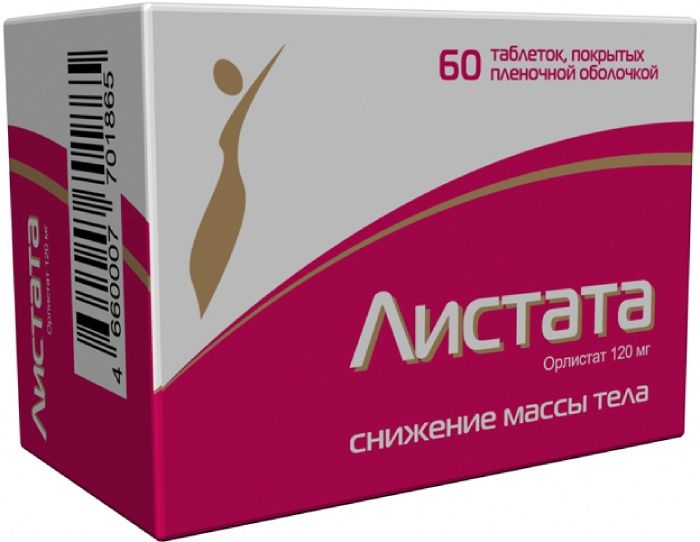
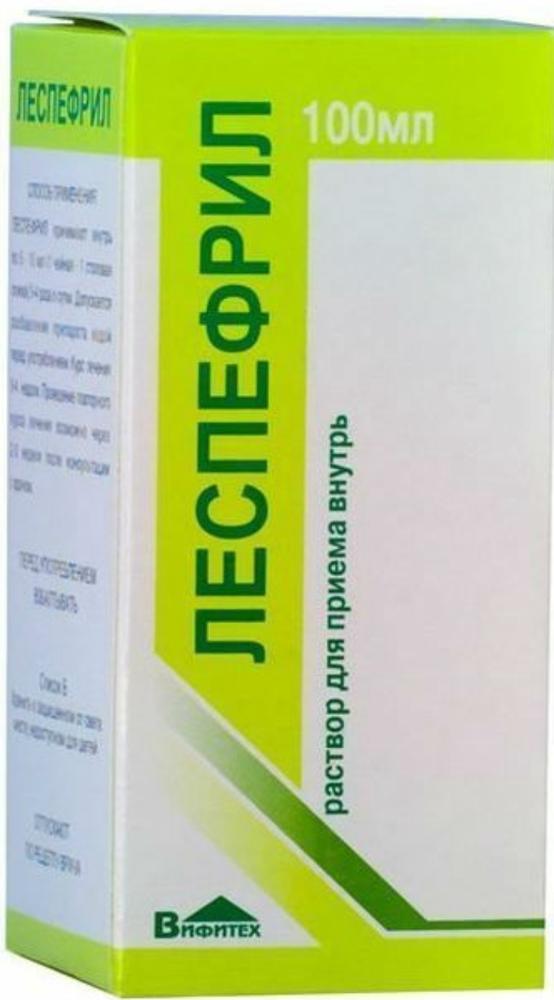

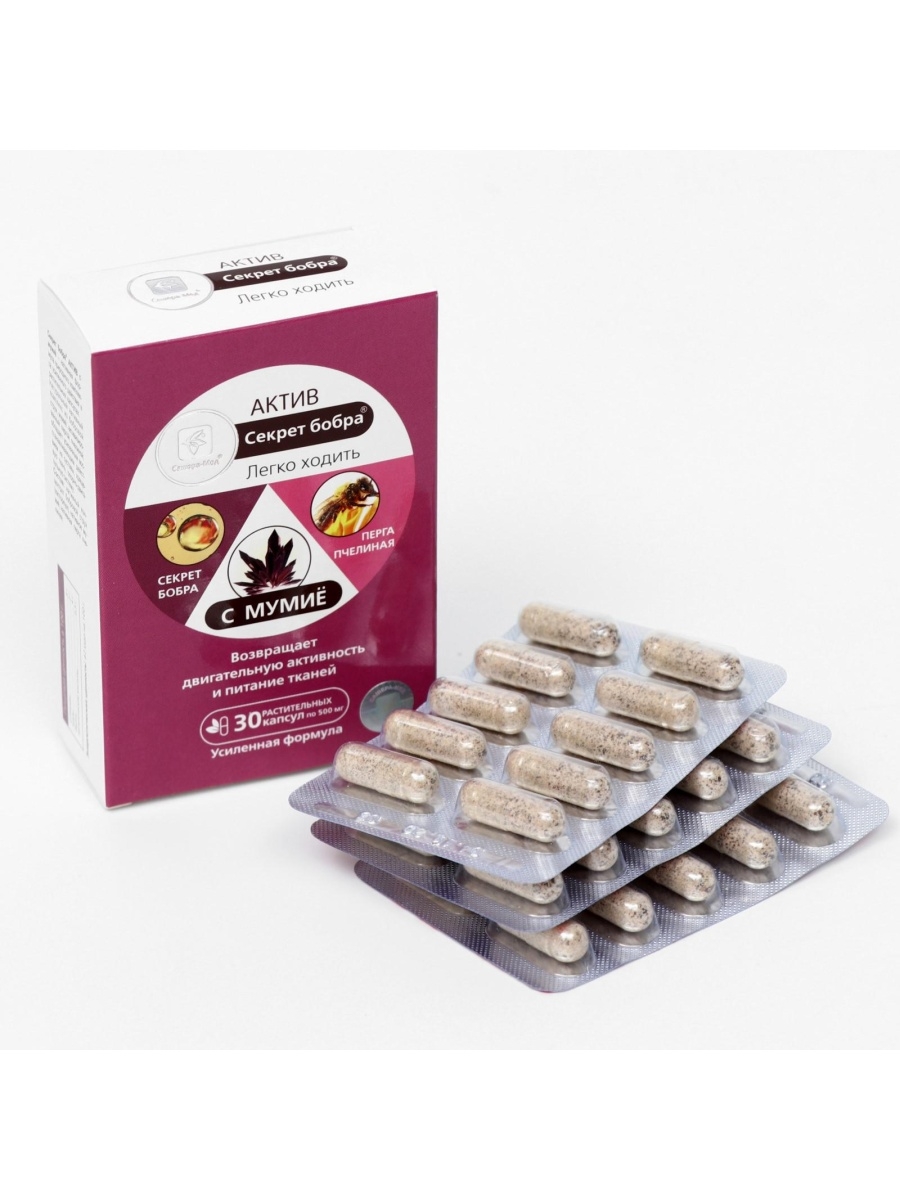


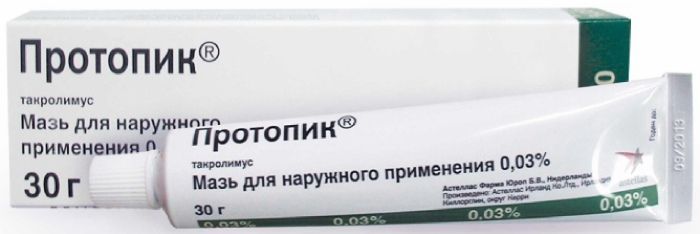
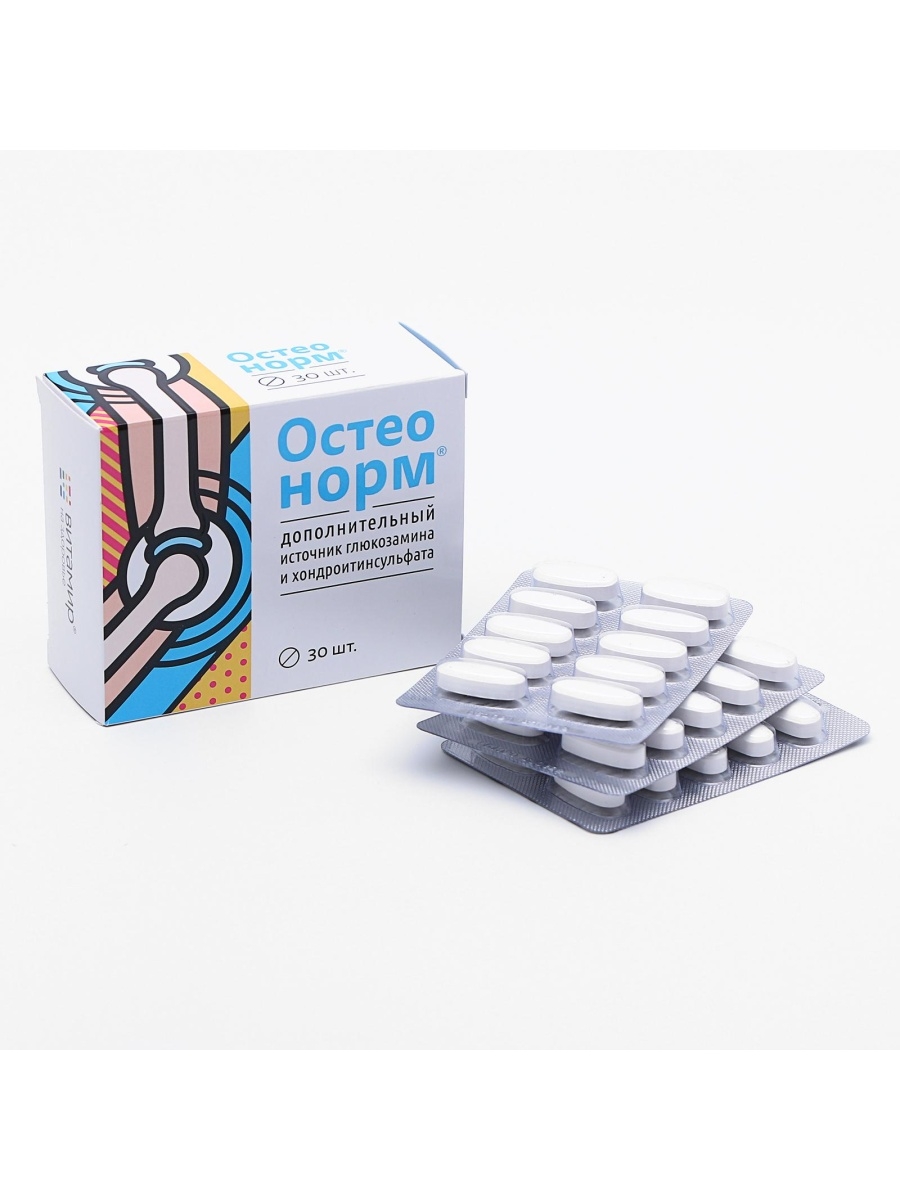
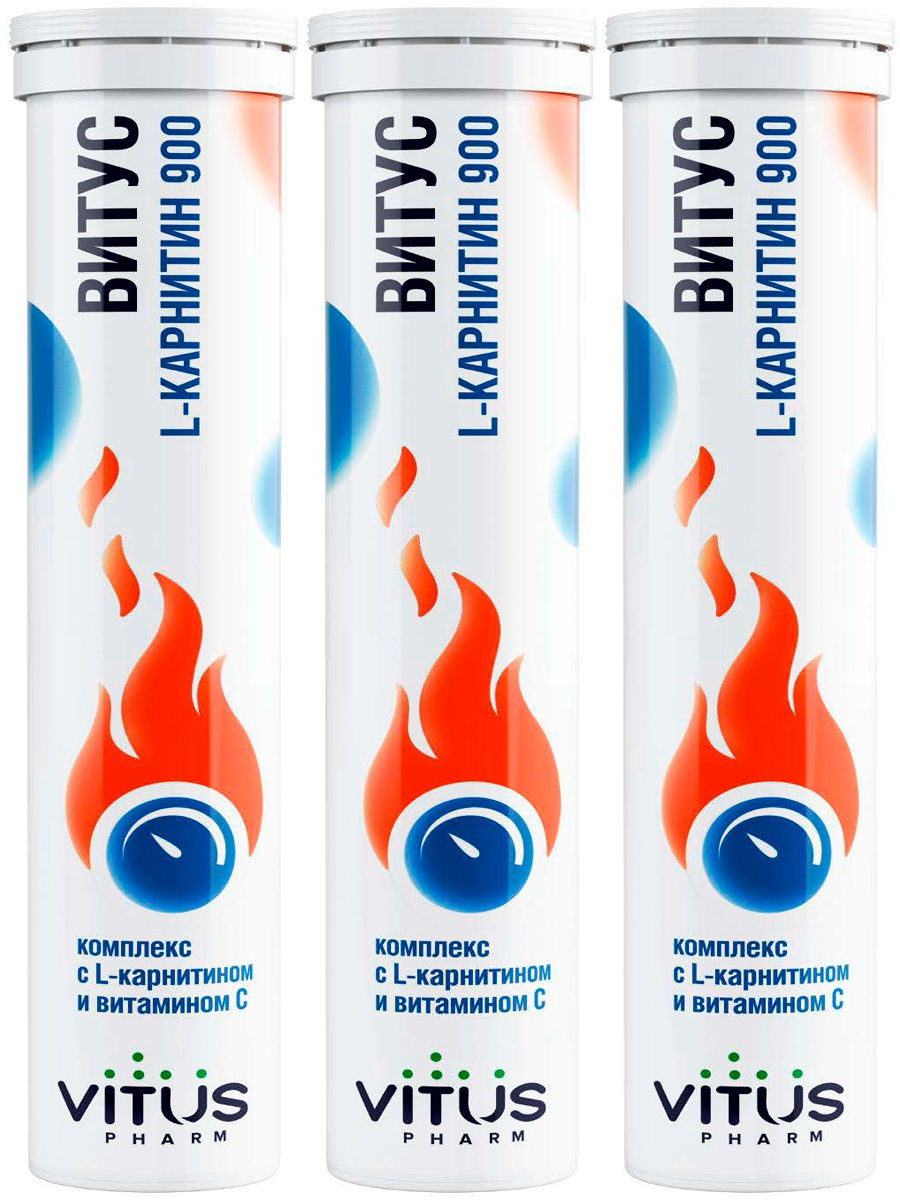




There are no reviews yet.